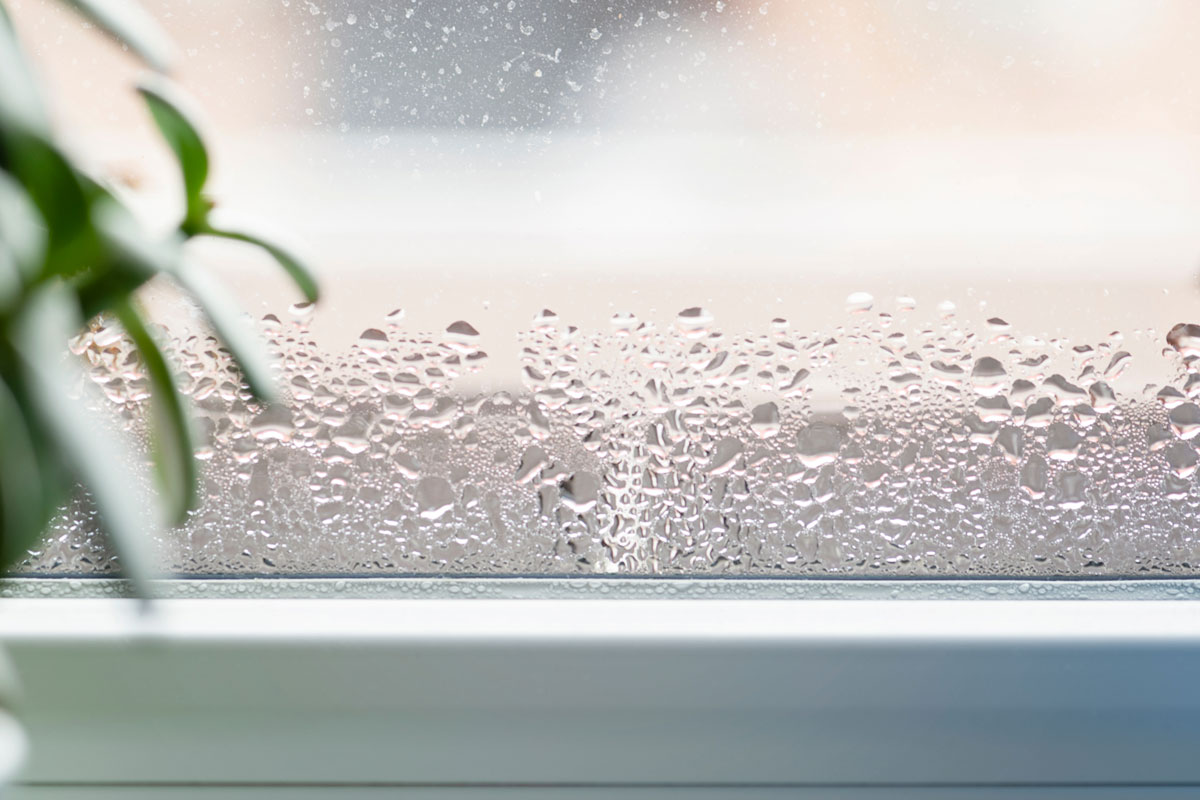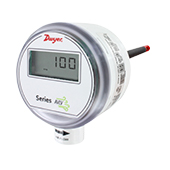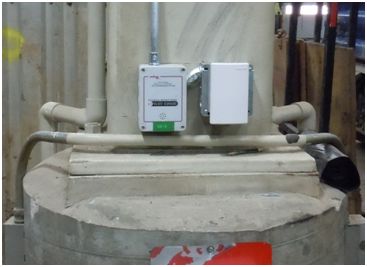 HVAC technicians test, adjust, and balance many different types of indoor environments, from clean rooms and hospitals to schools and offices. Within schools, it’s important that the HVAC system be run thoroughly and efficiently in order to promote learning and health, and to keep expenses down (allowing funds to be channeled into other educational avenues). Proper distribution of air flow can increase comfort, lower energy bills, and maintain a healthy indoor air quality. Continue reading “School HVAC Test & Balance Solutions”
HVAC technicians test, adjust, and balance many different types of indoor environments, from clean rooms and hospitals to schools and offices. Within schools, it’s important that the HVAC system be run thoroughly and efficiently in order to promote learning and health, and to keep expenses down (allowing funds to be channeled into other educational avenues). Proper distribution of air flow can increase comfort, lower energy bills, and maintain a healthy indoor air quality. Continue reading “School HVAC Test & Balance Solutions”
What is Radon, and Why are We Testing for it in Our Homes?
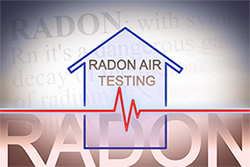 For anyone who has recently purchased or sold a home, they may have noticed a radon inspection clause in the purchasing agreement. What is radon, and why are we testing for it in our homes?
For anyone who has recently purchased or sold a home, they may have noticed a radon inspection clause in the purchasing agreement. What is radon, and why are we testing for it in our homes?
Radon is an odorless, colorless gas that is naturally released into the environment as a decay byproduct of radium. Radium is a decay byproduct of uranium which can be found in certain types of rock, soil, or water. Some areas have higher concentrations of radon due to the soil composition which leads to additional testing for radon. Continue reading “What is Radon, and Why are We Testing for it in Our Homes?”
4 Reasons You Should Measure Humidity
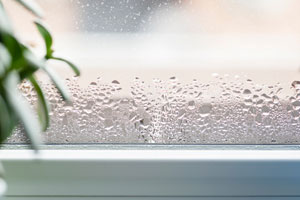 We often don’t think about the effects that relative humidity can have. It doesn’t stand out the way that the temperature of a room does, where a person might have to turn on a fan or turn up a heater. In fact, relative humidity is crucial to promoting good indoor air quality and is important to the health and safety of several different applications and areas.
We often don’t think about the effects that relative humidity can have. It doesn’t stand out the way that the temperature of a room does, where a person might have to turn on a fan or turn up a heater. In fact, relative humidity is crucial to promoting good indoor air quality and is important to the health and safety of several different applications and areas.
The Basics of Air Velocity Sensors

Dwyer Instruments offers a multitude of sensors for monitoring air velocity in HVAC systems. Some of this instrumentation has a simple construction (Pitot tubes, for example) while others are more complex, such as hot-wire anemometers.
The initial term and first “hot-wire anemometer” was developed back in 1914 by Louie Vesso King. He is also accredited for King’s Law, which mathematically describes heat transfer in air flows using a heated wire. As the air moves over the wire, it causes a loss of temperature in the wire and removes some of the wire’s heat energy. Continue reading “The Basics of Air Velocity Sensors”
Parking Garage Ventilation Control
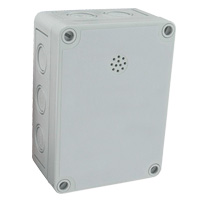
The Series GSTA carbon monoxide/nitrogen dioxide gas transmitters offer a robust, low cost alternative to standalone garage ventilation control packages.
As cities around the world continue to grow, the need for parking becomes an integral part of new commercial and municipal building plans. Many building designers are finding ways to offer adequate parking in a limited amount of real estate. Two emerging trends to do so are enclosed parking garages and mixed-use parking garages. Both of these designs seek to offer users a comfortable way to park their vehicles, all while being near their final destination. This means that the parking facility and the commercial or residential buildings are not separated, but are integrated together into one building structure. Due to this integration, two major concerns arise. How do we ventilate the harmful exhaust from the vehicles while being so close to the populated areas of the building, which require clean air and how do we accomplish this in the most energy efficient way possible? The Dwyer® Series GSTA carbon monoxide/nitrogen dioxide gas transmitters offer the sensory inputs necessary for any building automation system to answer this very quandary in an efficient and low cost manner. Continue reading “Parking Garage Ventilation Control”

